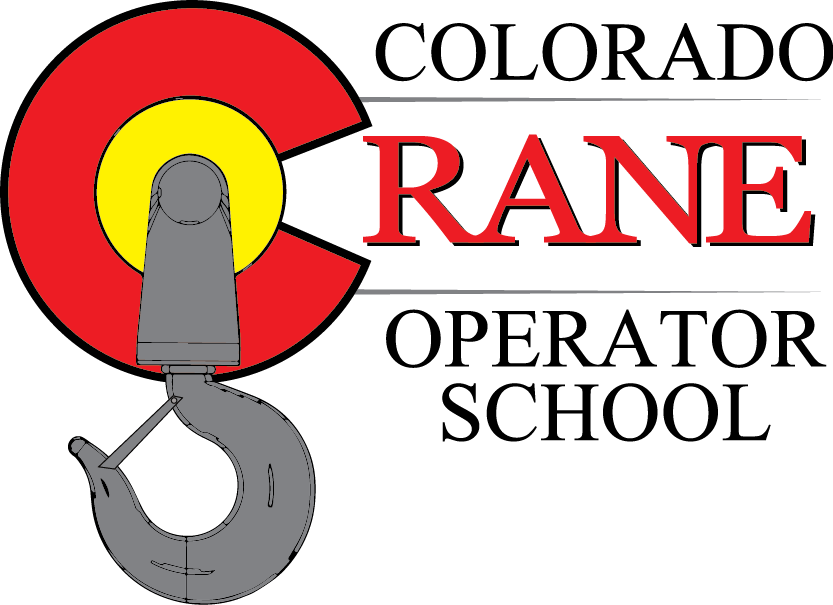Tower Crane Inspection Services
Tower cranes are often one of the most expensive and important pieces of equipment on any job site. Tower cranes are very useful and relied upon on construction projects but can cause serious damage if not inspected or used correctly. A thorough tower crane inspection is, therefore, non-negotiable.
Tower Crane Inspections
Pre-Erection Inspection (OSHA 1926.1435)
Prior to installation, this tower crane inspection must be conducted. Before each crane component is erected, it must be inspected by a “qualified person” as defined by OSHA. However, most contractors require a qualified as well as a certified inspector. The most common industry-recognized certification is through the
Annual Inspection (OSHA 1926.1412(f))
Tower crane inspections are required to be performed on an annual basis under OSHA law. Prior to the relatively new CFR 1926.1400 crane and derrick standard, released in November of 2010, tower crane inspections were performed under the guidance and outlines in the ASME b30.3 document. Today’s requirements include both documents to be followed. Under both, a “pre-inspection” is required to examine components after transportation and handling, followed by a post-erection assembly where the equipment is reexamined and specific requirements for issuing an annual inspection require slewing ring bolts and assemblies, the final assembly of the crane, foundation engineering and control functions such as limit switches two-block systems, trolley travel, hoist brakes, and load testing.
Post assembly (OSHA 1926.1435)
Quite often the primary purpose of a post assembly is to have a “3rd party” objective inspection which assures the client that the crane has been examined and the assembly is correct, and all control systems are in order and quite frankly, the same items reviewed under an annual inspection, save for the slewing ring examination, would be performed.
Post-Erection Inspection
In addition to the post-assembly requirements, the following tower crane inspection requirements must be met:
- A load test using certified weights or scaled weights using a certified scale with a current certificate of calibration must be conducted after each erection.
- The load test must be conducted in accordance with the manufacturer’s instructions when available. Where these instructions are unavailable, the test must be conducted in accordance with written load test procedures developed by a registered professional engineer familiar with the type of equipment involved.
Post-incident inspection
Despite a tower crane inspection, should the unfortunate event occur when a machine fails structurally or from a stability issue our job is to gain control of the site and to stabilize the situation for prevention of secondary incidents which can occur due to damaged crane structures that still have not completely failed which is quite commonly the case. Once the safety of the situation is under control a thorough follow on investigation takes place through interviews of the parties involved, witness accounts, and an intensive forensic study as to the cause, the why, and what preventative measures can be taken to eliminate similar events.
Equipment not in regular use (OSHA 1926.1412(h))
Equipment that has been idle for three months or more must be inspected by a “qualified person” as defined by OSHA, in accordance with the requirements of a “monthly inspection” before initial use.
Each Crane & Rigging Consultants inspector is a fully qualified inspector; having met thorough performance requirements with documented experience. We’re the ones you want on the job when you need impeccable tower crane inspection services.
Crane & Rigging Consultants inspections are professional and reliable. Providing you with a fair, unbiased third-party evaluation.
During the Tower Crane Inspection, Our Inspectors Will:
- Review your current records for compliance with state and Federal laws.
- Deliver a comprehensive safety compliance inspection of your equipment using the most up-to-date standards and regulations.
- Perform an operational test and, where necessary, a load test to verify that all safety systems are operational, and the equipment is operating correctly.
- Complete each tower crane inspection using innovative record-keeping procedures with a reporting system that provides you with detailed inspection information and conforms to Federal Regulations.
- Provide your company with a documentation PDF including all tower crane inspection records, wire rope, and hook reports, and certification documents. These records are prepared to allow your staff to perform, and record required monthly inspections.
- Present decals and documentation to place on your equipment to verify your compliance.
